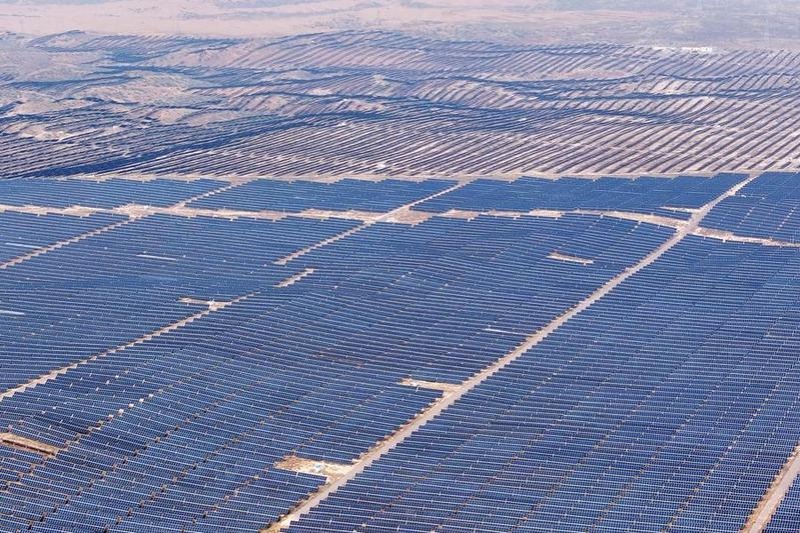Roundtable focuses on attracting to Chinese US visa program

More than 50 representatives from law firms and real estate agencies gathered at a roundtable discussion in San Francisco on how to sell the EB-5 visa program, or investment for a green card, to wealthy Chinese and lure them to invest in the United States.
The discussion on Thursday was hosted by Reuben, Junius & Rose, LLP at the City Club of San Francisco.
Congress created the EB-5 investor visa program in 1990, offering a green card for a cash investment in the US to stimulate the economy and create jobs. Foreigners could obtain permanent residency by making a $1 million investment.
Ginny Fang, CEO of the San Francisco Bay Area Regional Center, which specializes in the EB-5 program, discussed working with investors from China.
For two years Fang led ChinaSF, a partnership of the city and the San Francisco Center for Economic Development, to attract foreign direct investment. In her regional center job, Fang promotes redevelopment of the former Hunters Point Naval Shipyard with Miami-based developer Lennar Corp. The first phase of construction would be financed by Fang’s regional center, which has lined up $67 million in investments and seeks to eventually raise $300 million through selling private shares to international financing sources, primarily Chinese.
"An applicant seeking status as an immigrant investor must demonstrate that the investment will benefit the United States economy and create at least 10 full-time employment opportunities," said Fang, adding that there has been a dramatic surge in seeking EB-5 visas, with the majority of applicants from China.
Data from the US Citizenship and Immigration Service (USCIS) show that 6,346 EB-5 petitions were received last year with more than $3.25 billion in capital formation, said Fang. "Approximately 80 percent were from Chinese applicants," she said.
Permanent resident status based on EB-5 eligibility might be available to investors who have invested at least $1 million into a new commercial enterprise or $500,000 into a Targeted Employment Area (TEA) with higher unemployment rate, said Fang, adding that most of the applicants chose the cheaper option to get a green card.
The benefits of an EB-5 visa are attractive, Fang said, for holding a green card means "you and your family can enjoy the freedom to live, work and run a business in the US". But for Chinese, the top reason is sending their children abroad. They want their children to be able to continue to work in the US after graduating from American universities."
As for investment choices in the US,real estate is the most popular for Chinese people, Fang said, adding that they "just love buying property."
Ann Cun, an immigration attorney with the Meyer Law Group, said that last year California received the most investment from green card applicants. With the most condensed Chinese-American population in North America, the Golden State has every reason to beat other places in the US and attract more interested candidates from China, said Cun, noting that "people would like to invest money in a familiar area".
Regarding the operation and management of EB-5 projects, Cun said instead of using a group of people to oversee the operation, Chinese investors usually just use a manager or representative. But Cun cautioned Chinese investors on the risks of doing so. "Although it is easy to get the conditional green card, applicants still face challenges in receiving permanent residency two years after their petition got approved. They should demonstrate that they have already created jobs and brought benefits to the US economy," she said.
zilian@chinadailyusa.com






























